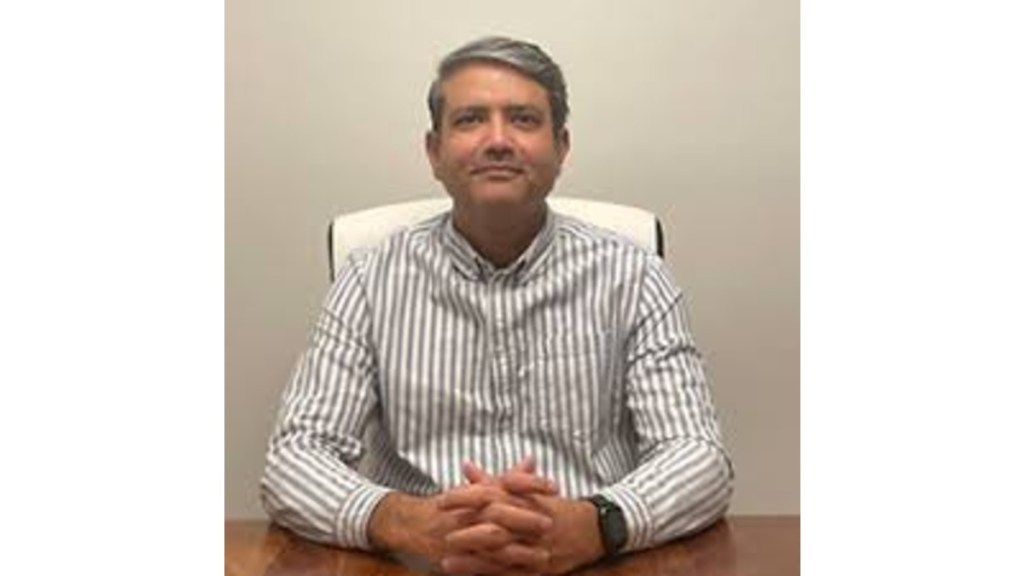Ritesh Jain, Co-Founder of Pinetree Macro, a hedge fund based in Canada, in an interview with Mahesh Nayak, highlights a global shift from central banks losing their influence to fiscal dominance in a rapidly changing world. He believes liquidity-driven investing and assets like gold are gaining appeal. Given the shift from a disinflationary world to a debasement world, Jain advises investors to stay nimble and keep some cash to invest during drawdowns.
Edited Excerpts:
1) How do you assess the current global macroeconomic landscape, and what are the key drivers of market trends?
The Bretton Woods system is unravelling. Historically, it is the responsibility of a reserve currency to run a current account deficit (CAD) to internationalise its currency, share its GDP with the world, and ensure trade security. However, the US is deviating from this role, reducing its global footprint, and refusing to share its GDP, signalling the twilight of US financial exceptionalism. A new era may emerge with diminished dollar stature and rising gold use in trade.
2) What role do you see central banks playing in shaping liquidity conditions, and how will this impact asset prices?
In the post-pandemic era, power has shifted from central banks to governments, marking a new era of fiscal dominance. Governments now drive markets and economies, making their actions crucial for profitable investing. This shift is evident in Western countries, including the US, where governments gained unchecked powers during the pandemic. To navigate this new landscape, focus on government actions rather than central bank decisions, as fiscal dominance redefines investment strategies
3) How do you expect changes in interest rates and monetary policy to affect different asset classes?
If interest rates are cut in the Western world, then instead of long-term bond yields coming down, they will rise because markets will start demanding a higher premium for lending long-term money to highly indebted Western countries. Bonds are like certificates of confiscation in this decade because governments across the world need to run their economy hot while keeping interest rates lower than inflation.
4) What are your expectations for global equity markets in the near term, and what sectors or regions do you think will outperform?
We are cautious in the short-term due to expected contraction in global liquidity, driven by the US borrowing over $1.5 trillion in the next quarter. However, we’re bullish on commodities, Latin America, energy, and non-dollar assets. We also anticipate a potential short-term bounce in the US dollar despite its oversold status.
5) How do you see the global bond market evolving, and what opportunities or challenges do you see for investors?
The era of low-volatility, low-growth driven by US dominance is unwinding. As the US share (25%) of global GDP declines, liquidity may shift to emerging markets, creating new winners. This could lead to a decade-long consolidation in US assets, particularly mega-cap tech. Bond investors may face financial repression as governments aim to reduce debt through below-inflation bond yields
6) What are your views on the current market volatility, and how do you think investors should position themselves?
Market volatility is here to stay as the old economic system is dismantled, giving way to a new era of economic self-reliance and localised supply chains. Investors should focus on assets benefiting from nominal GDP targeting and align their investments with government preferences, given the government’s significant role in driving economic growth through increased expenditure.
7) What risk management strategies do you recommend for investors in the current market environment?
Stay nimble, and keep some cash to invest best during drawdowns. We are moving from a disinflationary world to a debasement world.
8) What are your thoughts on the potential impact of geopolitical events or economic shocks on global markets, and how can investors prepare for such events?
Regional conflicts are good for asset markets because post-conflict rebuilding efforts typically drive fiscal stimulus and increased liquidity through government deficits, which can support asset prices. No need to fear geopolitical uncertainty unless it escalates into nuclear conflicts.
9) What’s your view on the dollar, and is the dollar losing its dominance? If yes, by when and why?
The dollar is losing its dominance because every empire in history that has become indebted due to never-ending wars has met the same fate. Now, it does not mean that the USD’s status as a reserve currency is over, but it is being diminished over time. Gold is returning to the monetary system as a neutral reserve asset, which will be increasingly used for net settlement of trade balances.
10) What’s your view on the global political scenario, rate cut, inflation, and its impact on markets?
Except for the US, the entire world is already in a rate-cutting cycle. Lower interest rates stimulate economic activity and reduce the interest burden of the indebted Western world. Inflation is lurking below the surface, and by the middle of next year, the top-most concern of policymakers will be persistent inflation.
11) What are hedge funds expecting from various markets in terms of returns and flows?
LATAM is the most promising, followed by other EM and China. This bunch of countries has less debt and, therefore, a higher likelihood of an increase in nominal GDP. A lower dollar will lead to a flood of liquidity in these assets. I would also place commodities, including those used for energy transition, at the top of this list.


